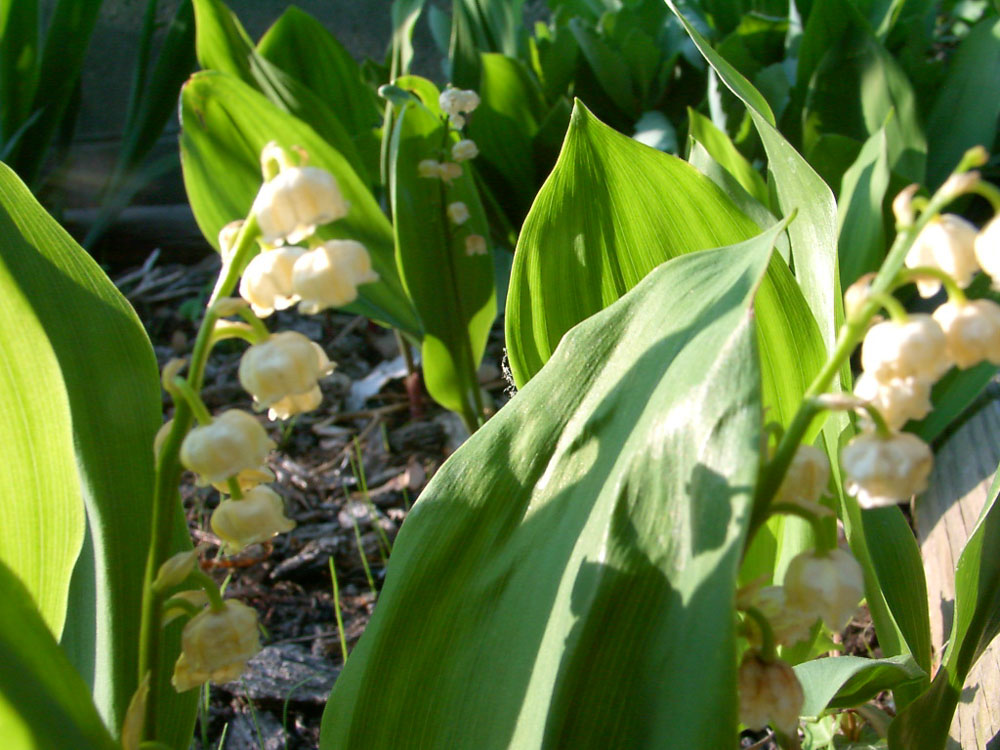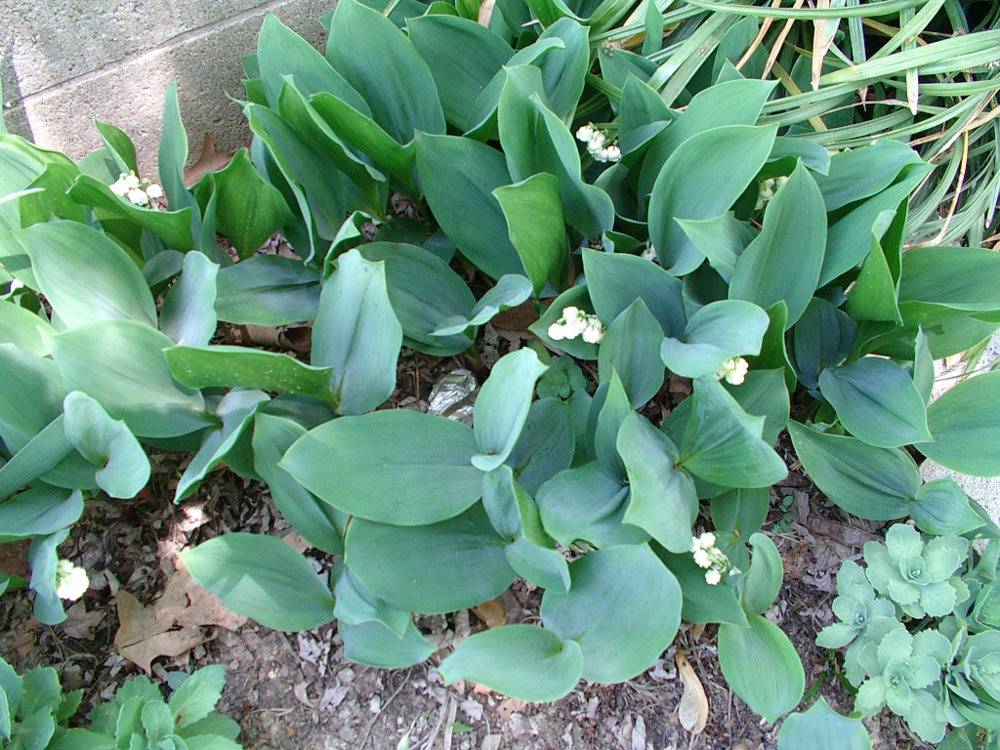Convallaria majalis | Lily of the Valley, May lily, May bells, Our Lady's Tears, Mary's tears, or French "Muguet des bois."
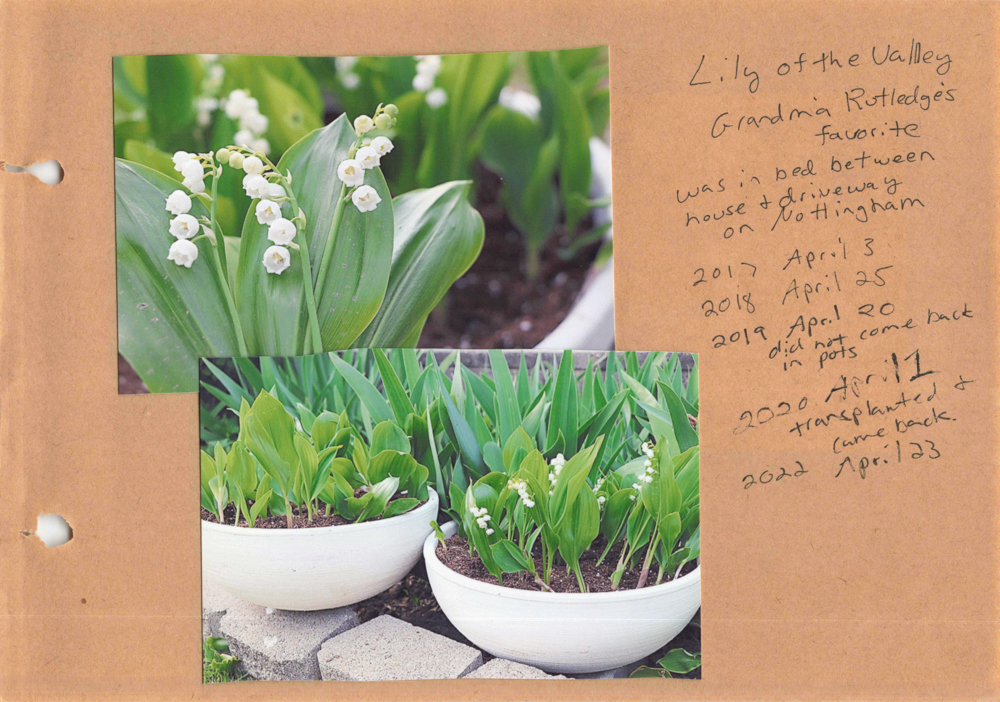
First bloom dates:
2017 April 3
2018 April 25
2019 April 20 (did not come back in pots)
2020 April 1 (transplanted & came back)
2022 April 23
2024 April 8
2024 April 3
Convallaria majalis | Lily of the Valley, May lily, May bells, Our Lady's Tears, Mary's tears, or French "Muguet des bois."
Asparagaceae (Asparagus Family) (Pronounced ah-spare-a-gay-see-eye)
Pronounced Cun-vuh-LAIR-ee-uh Muh-JAY-lis
The name "Convallaria" is from the Latin word "convallis" which means "valley."
The name "majalis" means "of or belonging to May" which is when the flower blooms.
The French name "muguet" is sometimes used to name perfumes.
Lily of the Valley are May birth flowers. This flower is often in bridal bouquets because it symbolizes purity, humility, and virtue.
People in the 1800's (Victorian Era) believed that the Lily of the Valley meant a "return to happiness." I like that! Another legend is that the flower fell in love with a nightingale's song and so it blooms only when the bird returns to the woods in May.
Lily of the Valley prefers the shade, although I have mine in a sunny area and they do fine. They are considered woodland plants. Convallaria majalis var. Montana is native and known as "American Lily of the Valley," but I do not know if that is my variety.
The plant is about 6 to 12 inches tall. Each plant has 2 to 3 ellipse-shaped (oval) leaves.
The flower stem rises from the center of each leaf clump. The flowers are one-sided of five to ten bell-shapes and they bloom for about 3 to 4 weeks. The blooms are hard to see as they hide under the leaves and I have to get down on the ground and under them to appreciate the bell shape or to photograph them. I think this is why my Grandma had them in a raised bed between her house and her driveway. This was Grandma Rutledge's favorite flower so it is now special to me too.
Raceme (Racemoid) is a new word for me. This is the flower stem which has no branches, and each flower has a stalk off of the raceme. In contrast, a "panicle" is a stem whereby branched stalks come off of it which contain flowers. Each raceme of a Lily of the Valley has 5 to 10 flowers. The corolla (cone) of the flower is 1/3 inch long and is a cute little bell shape. There are six tiny tepals (petals and sepals) that are fused at the base they form the bell shape. The flowers have a sweet scent, so sniff them, but do not ingest them!
This plant is a rhizome which is how it spreads underground. At the end of Summer new upright shoots are formed at the end of stolons (aka the runners underground). These upright shoots are dormant and are called "pips." (Oh, the words I keep learning!) In the Spring the new shoots aka pips remain connected underground and begin to grow.
This plant is seriously dangerous as it is extremely poisonous to be eaten by both humans and animals. This is because it has cardiac glycosides (cardenolides) which can cause cardiac malfunction and distress. Every part is toxic including the roots, stems, leaves, flowers, and berries (appears in the Autumn). This is why critters such as rabbits and voles, and even deer, leave this plant alone. Without these enemies, the plant is easily spread.
2024
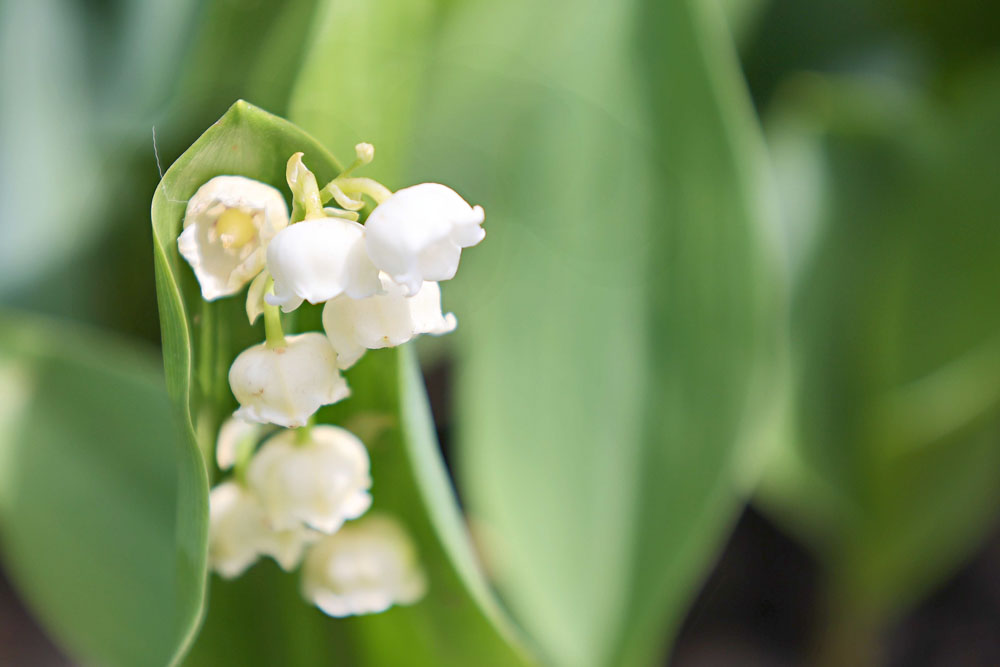
These photos were taken while filming the above video.
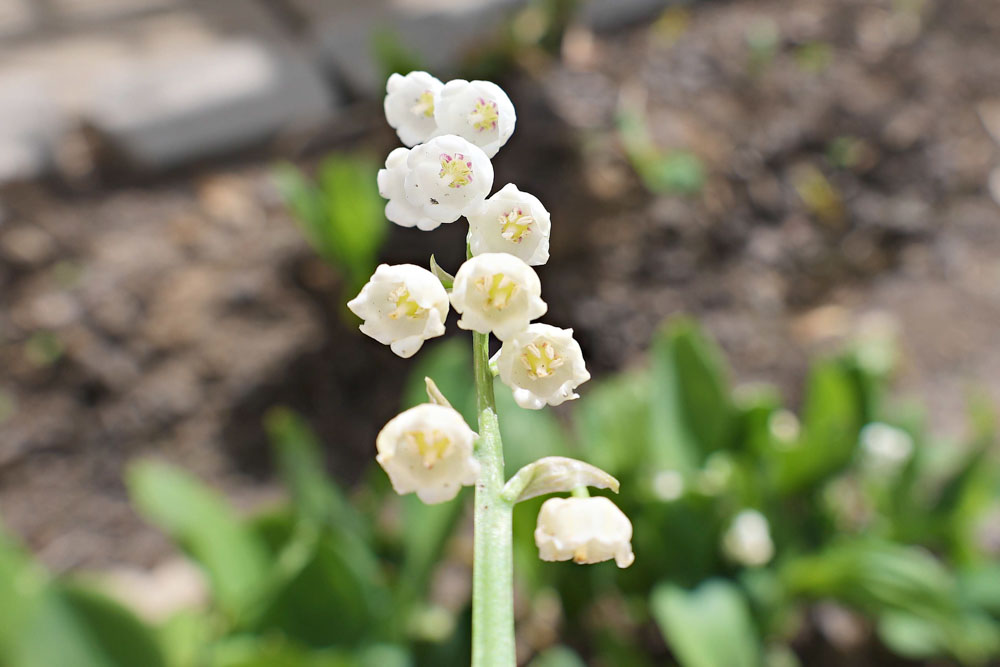
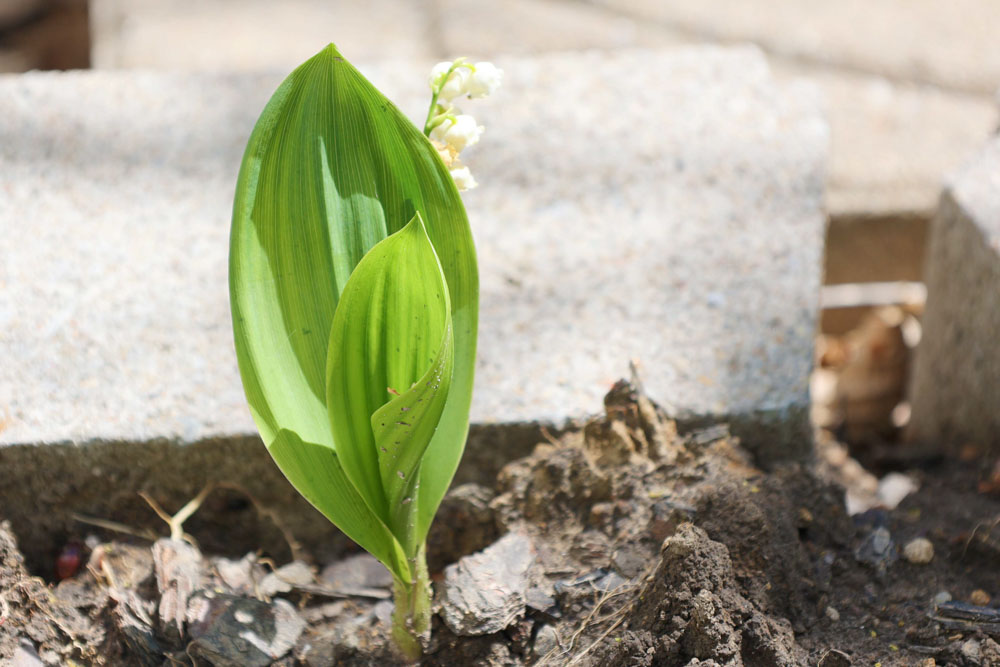
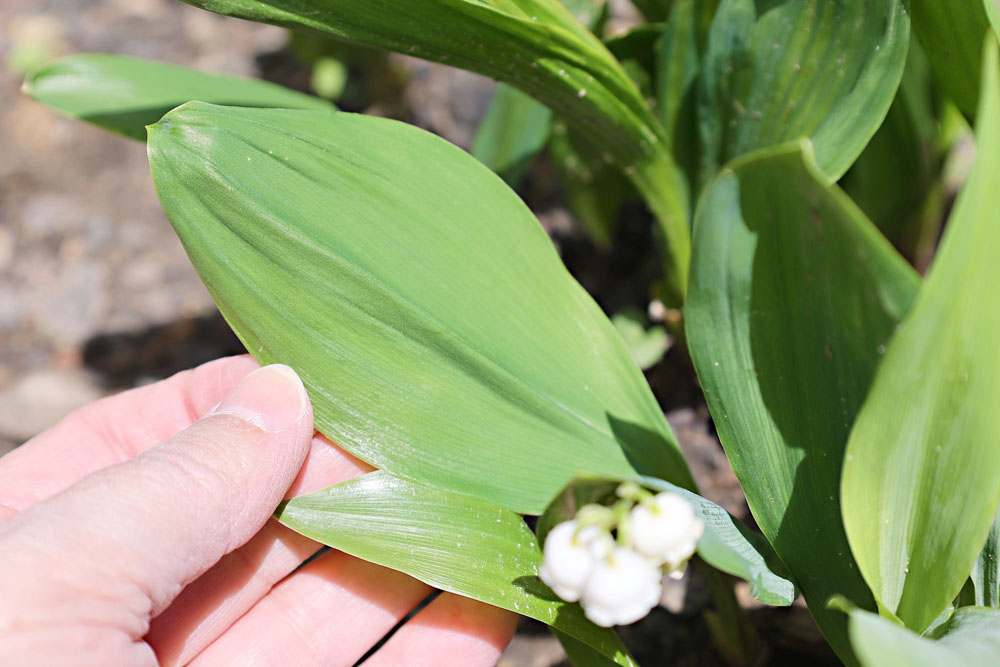
This photo is to show the shape of the Lily-of-the-Valley leaf.
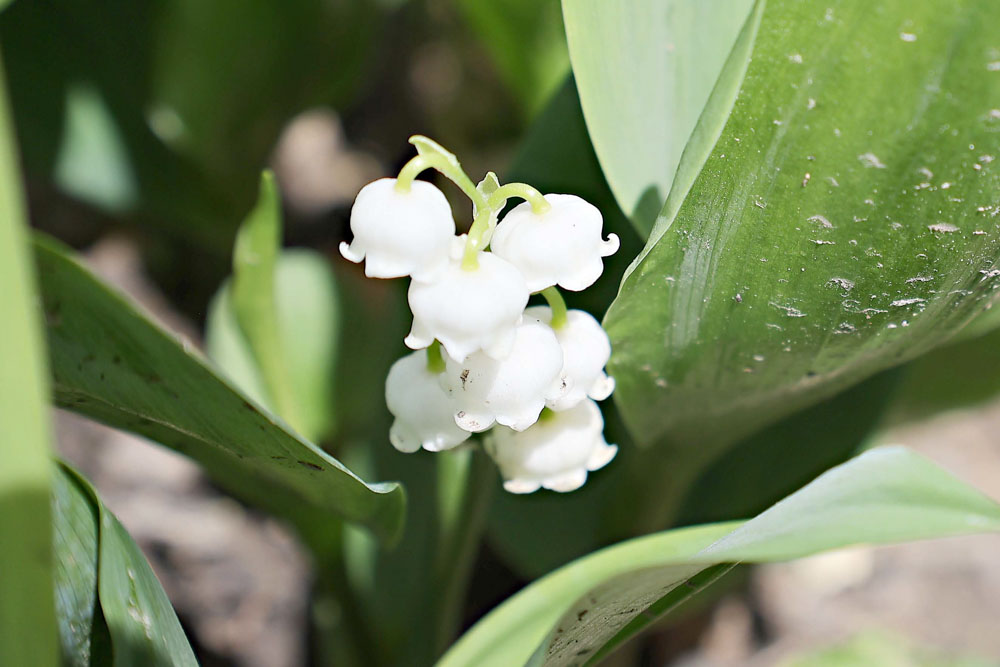
2023
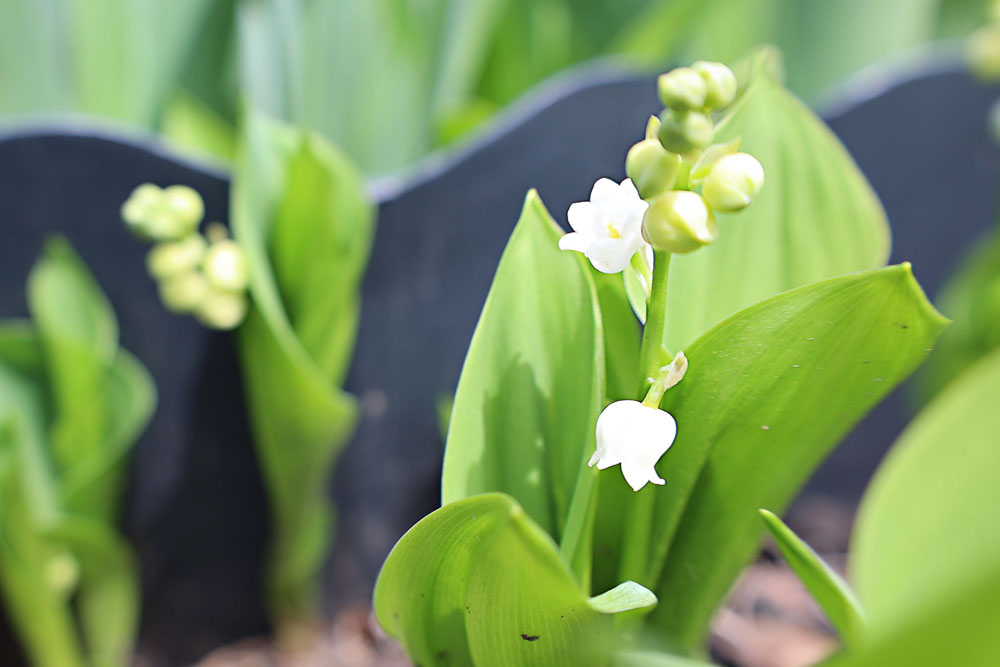
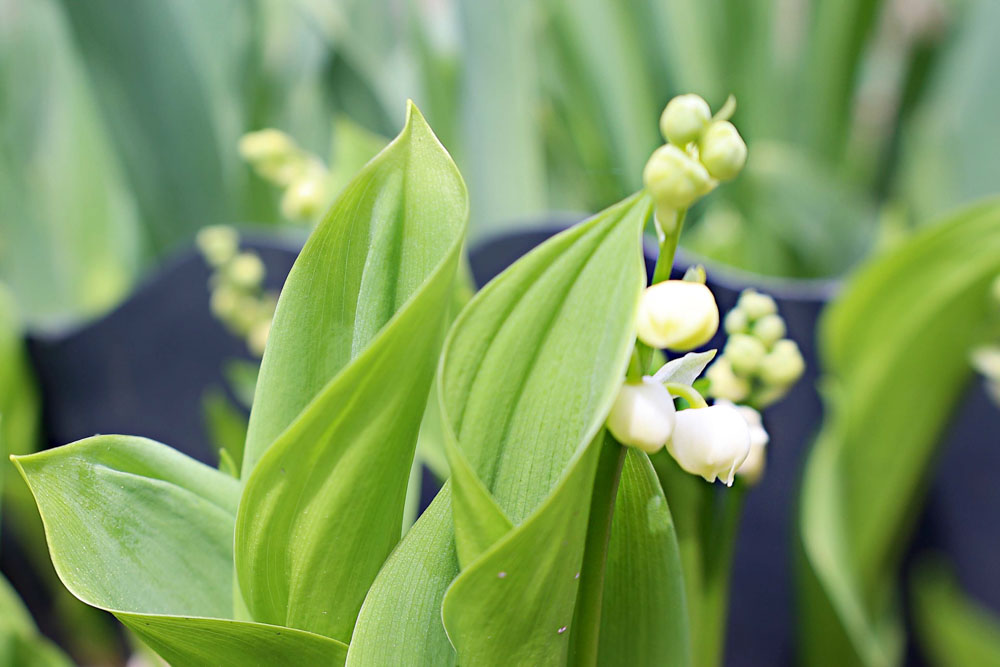
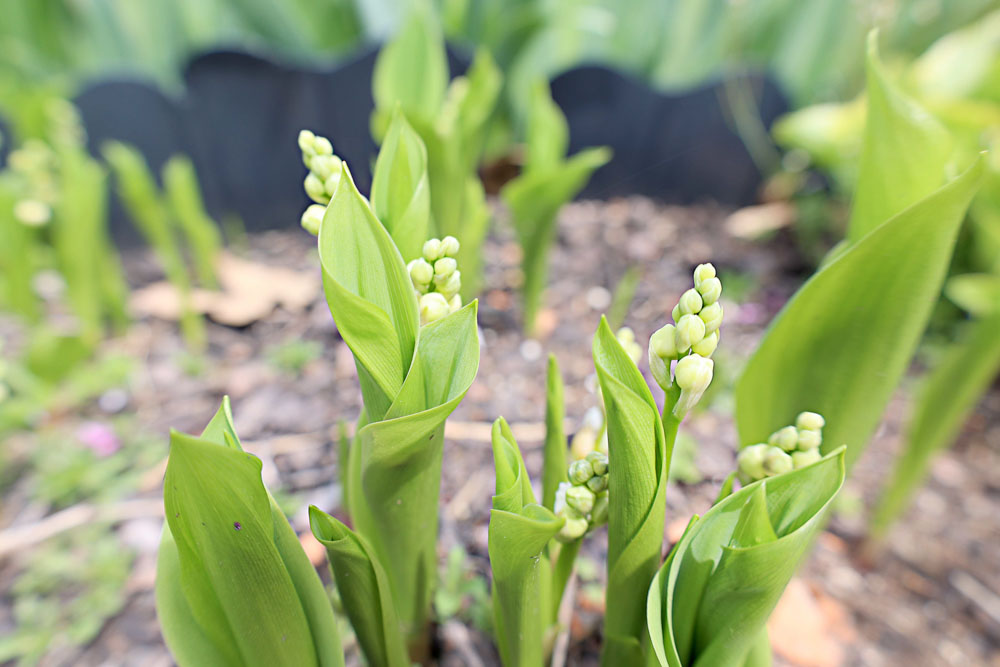
2022
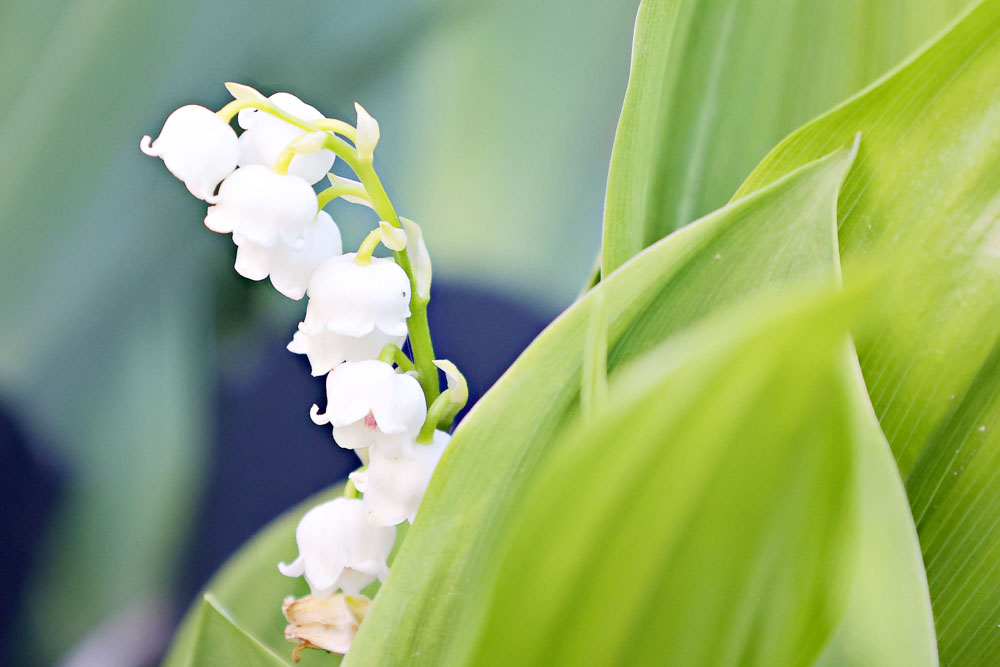
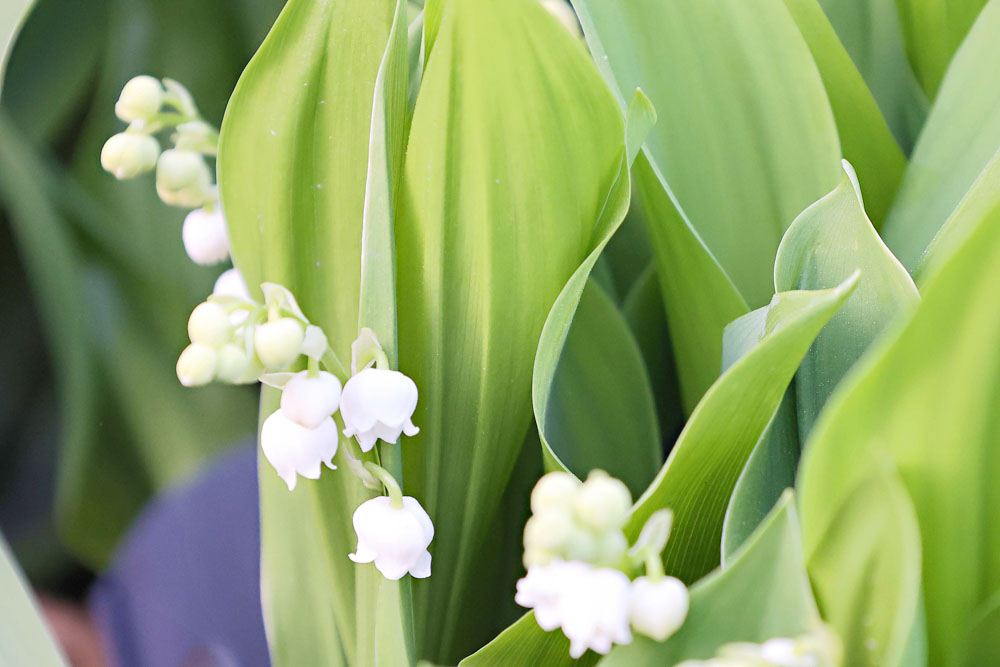
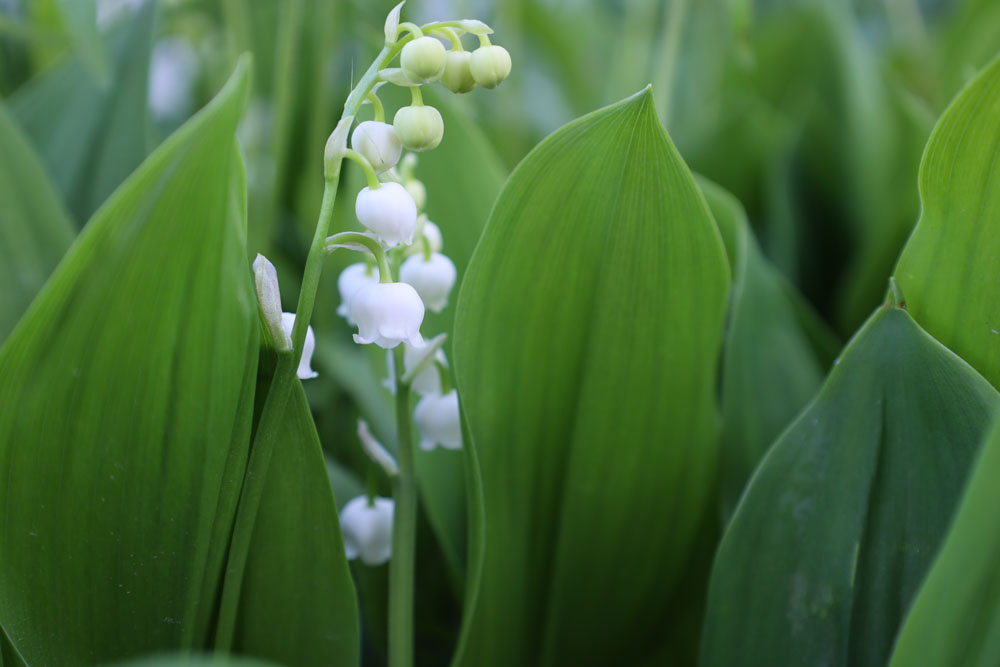
2021
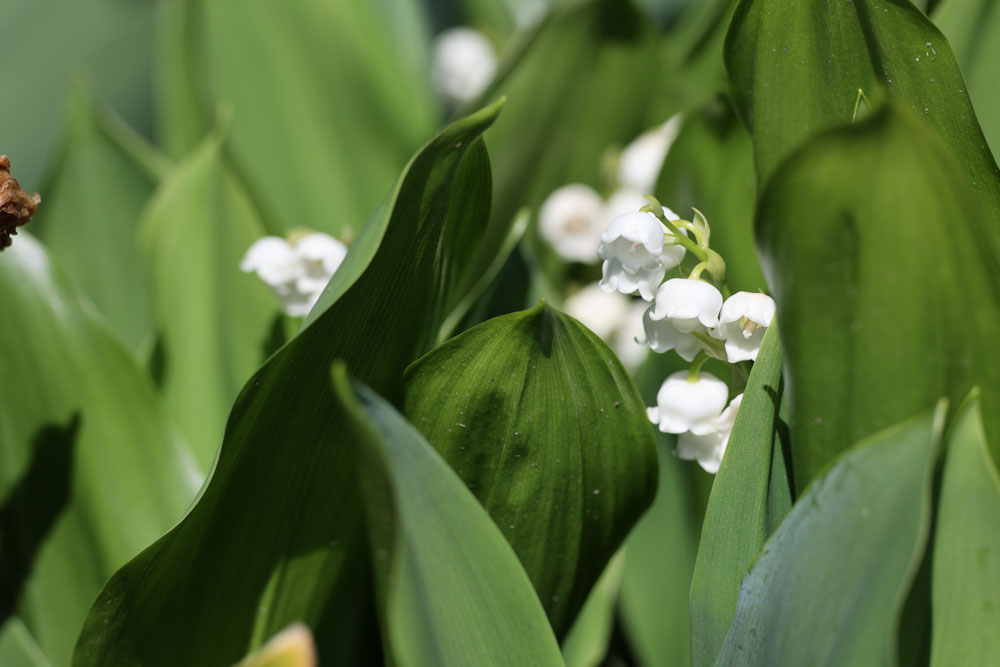
2020
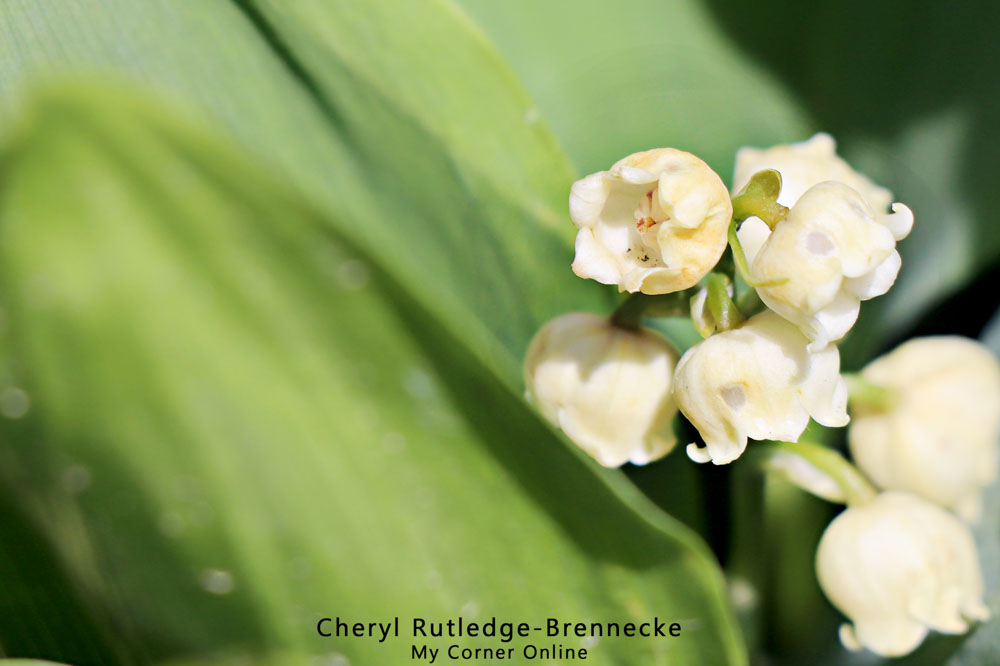
2018
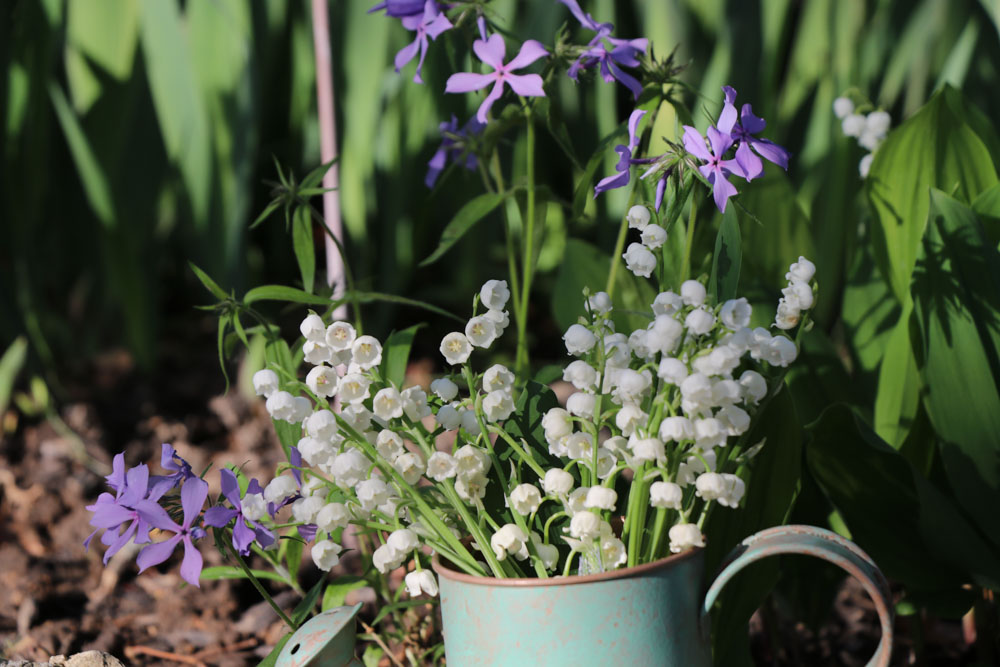
I picked a bunch of the flowers and played with them in a small container.
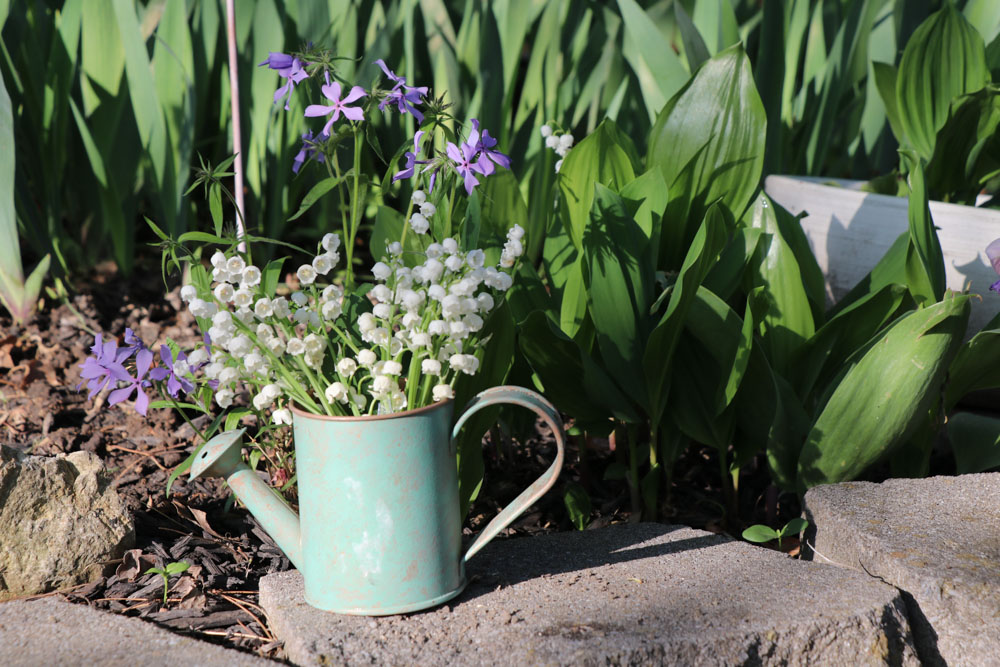
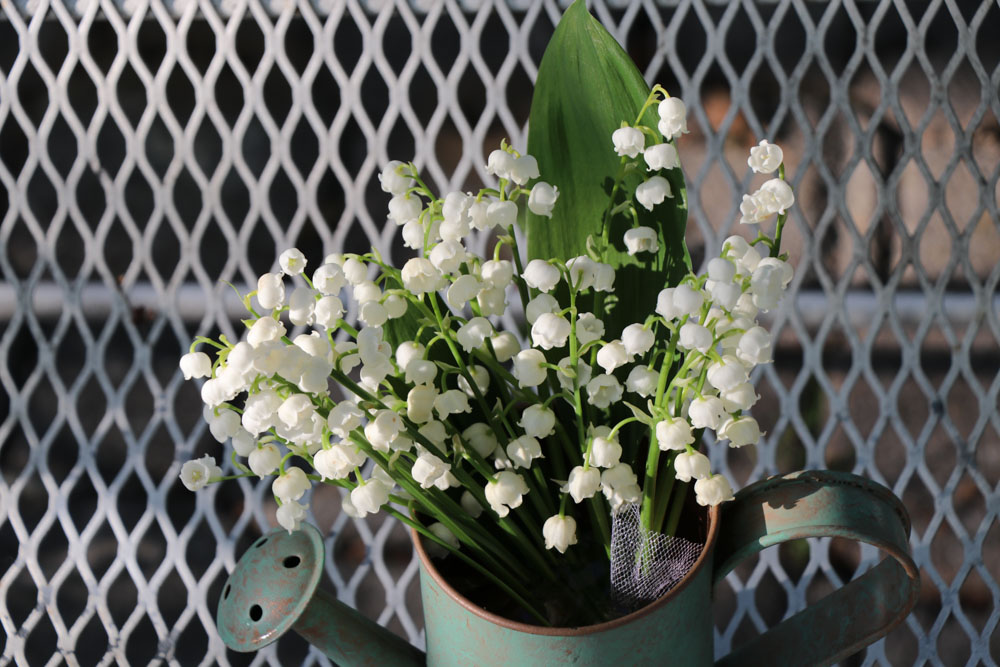
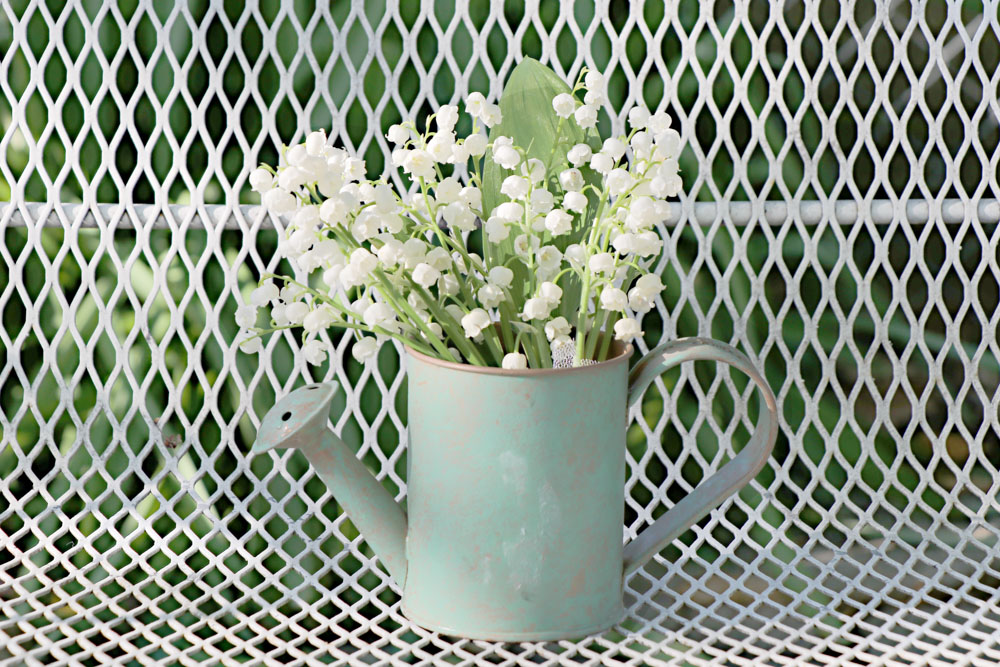
I like this one!
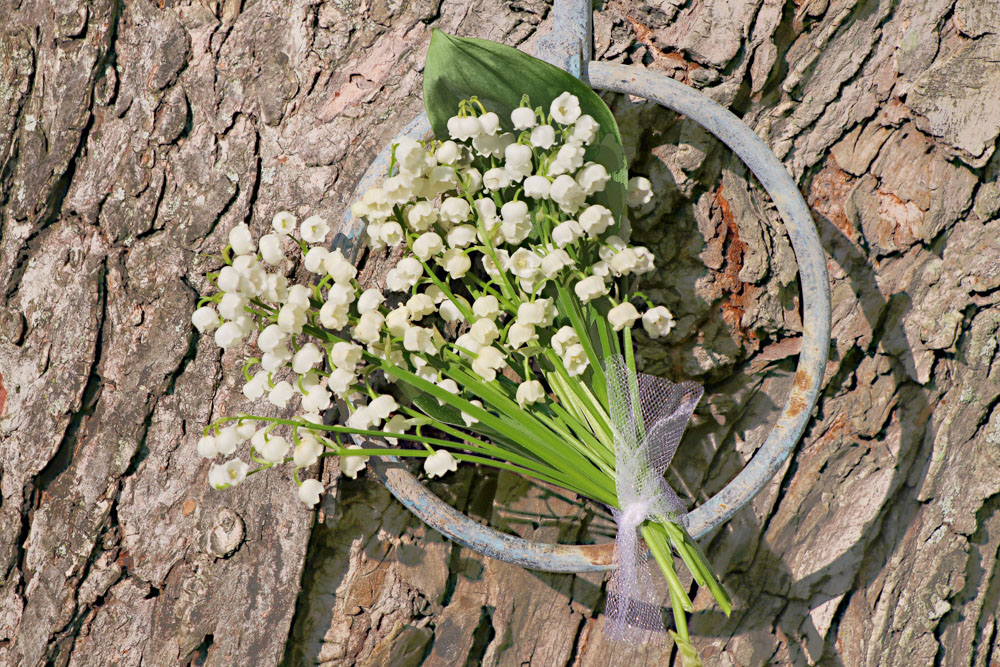
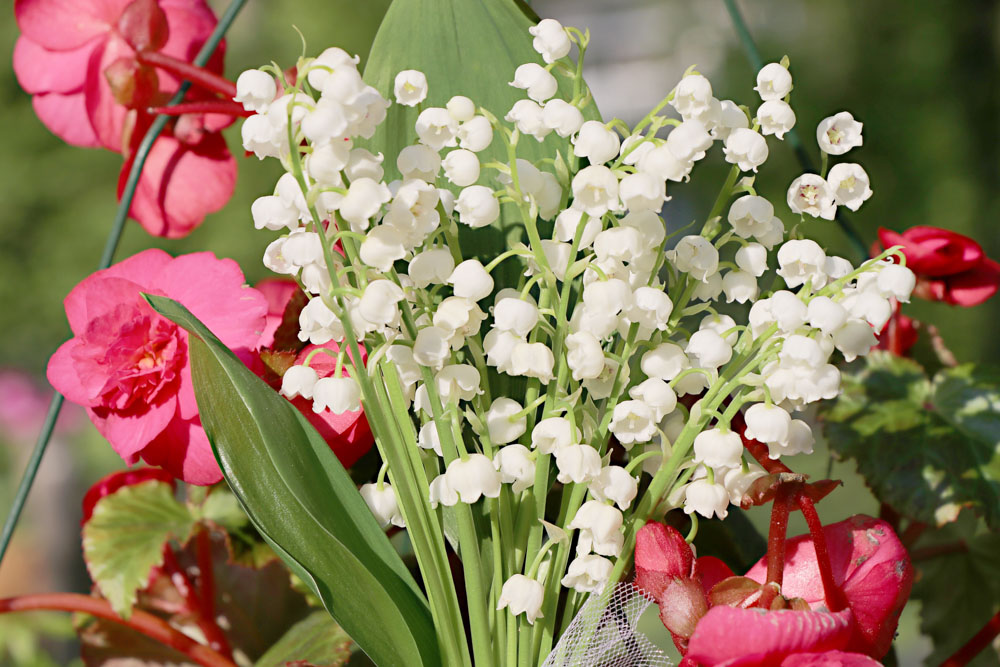
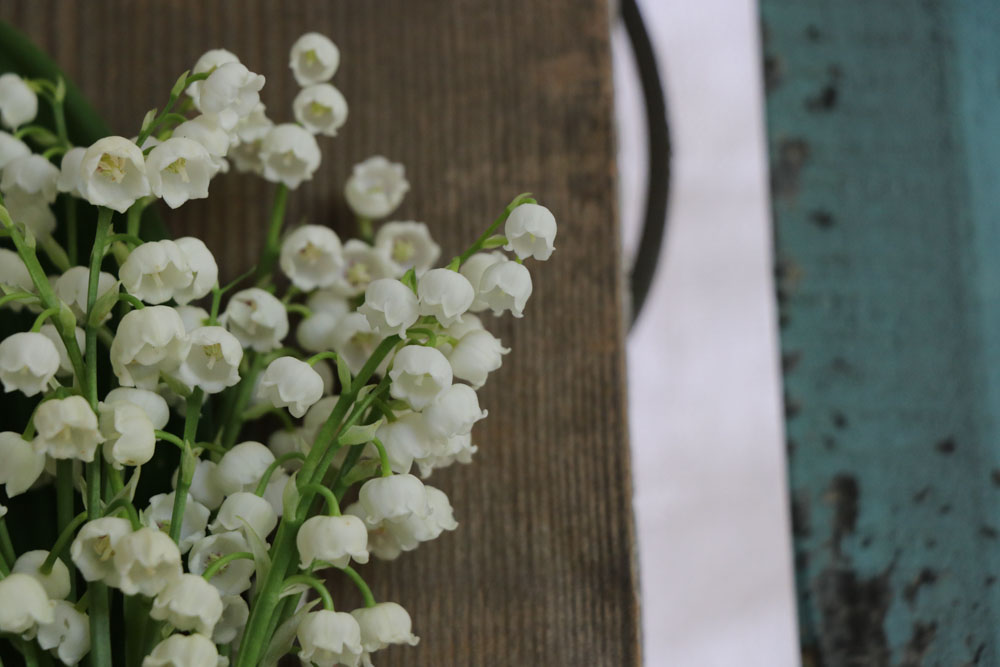
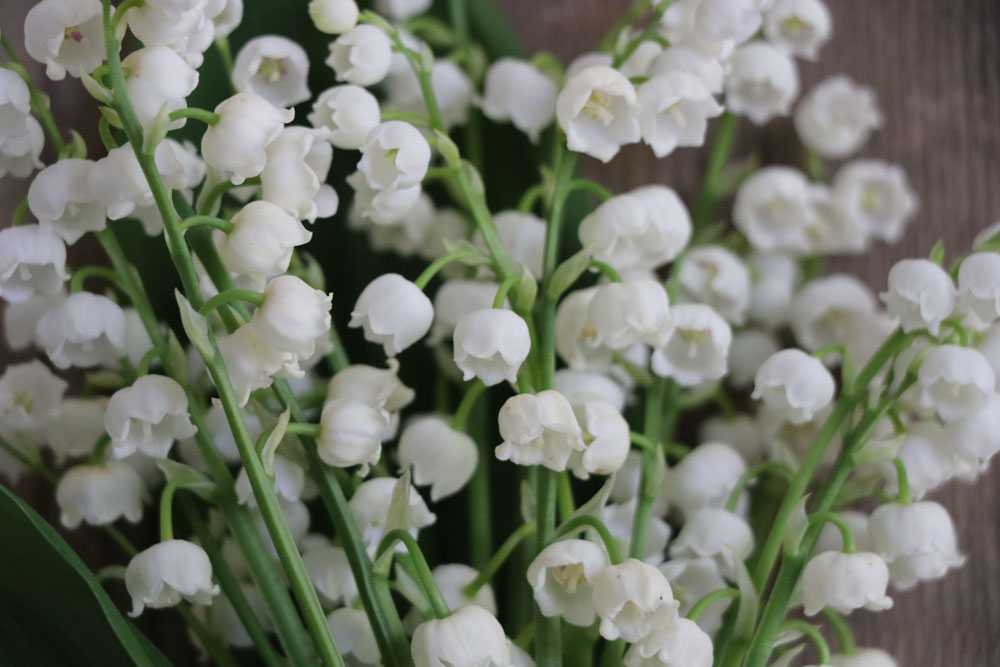
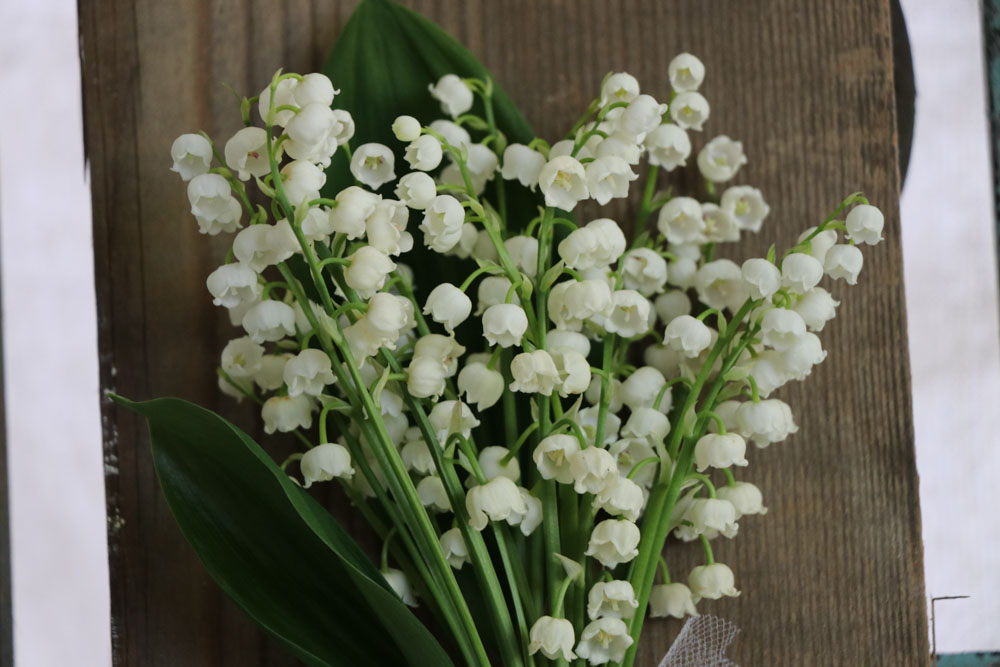
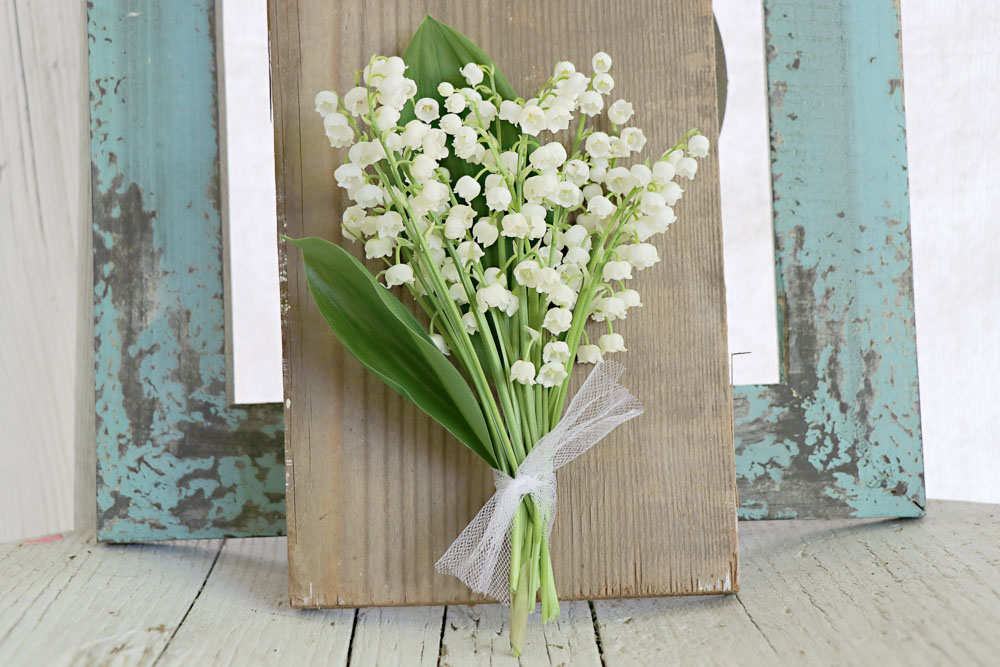
I like this one!
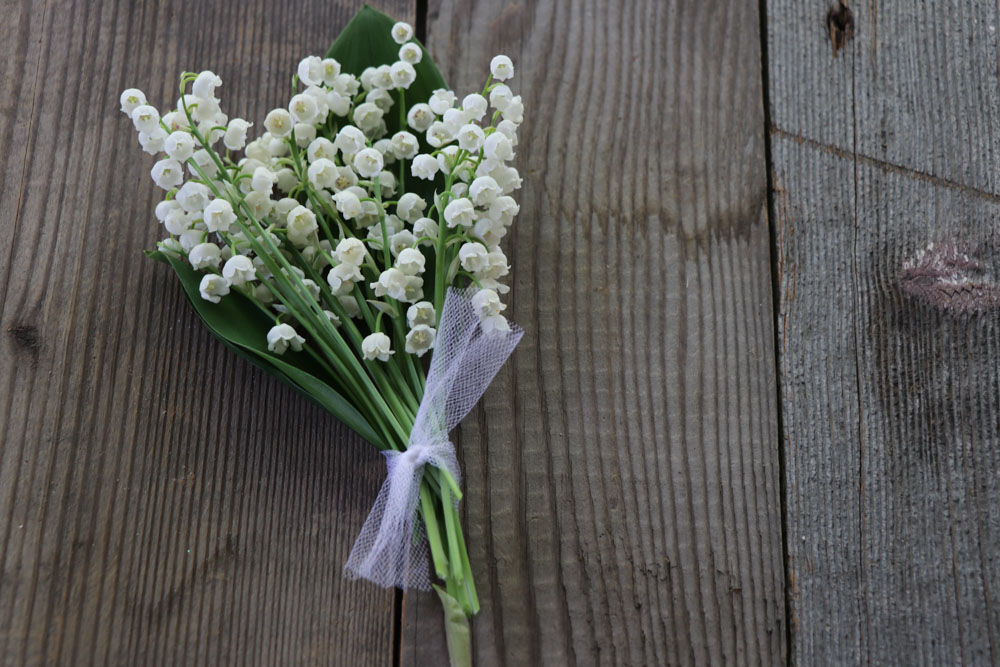
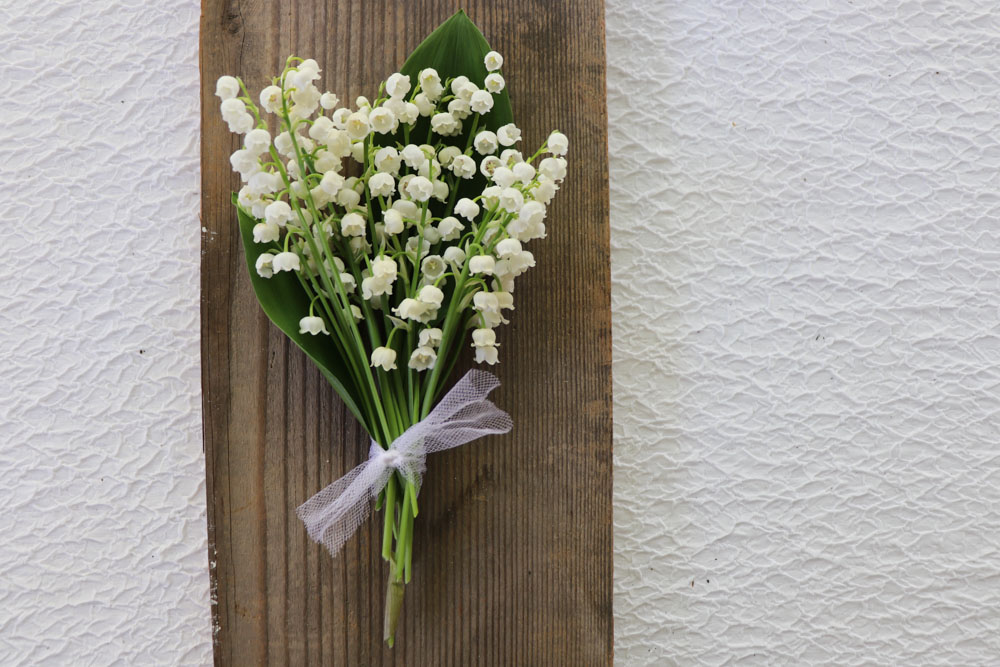
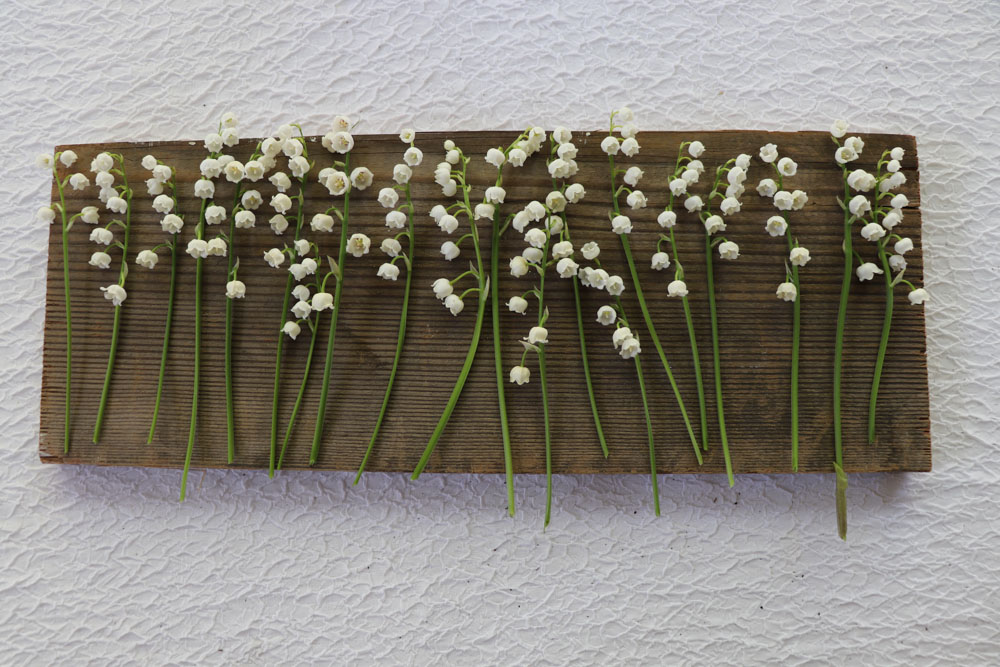
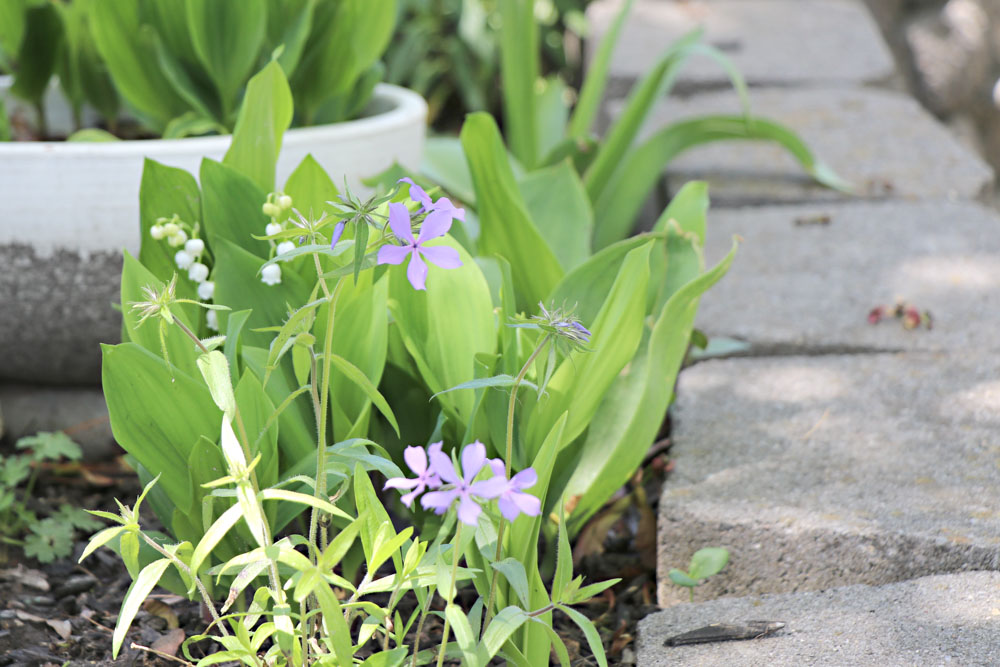
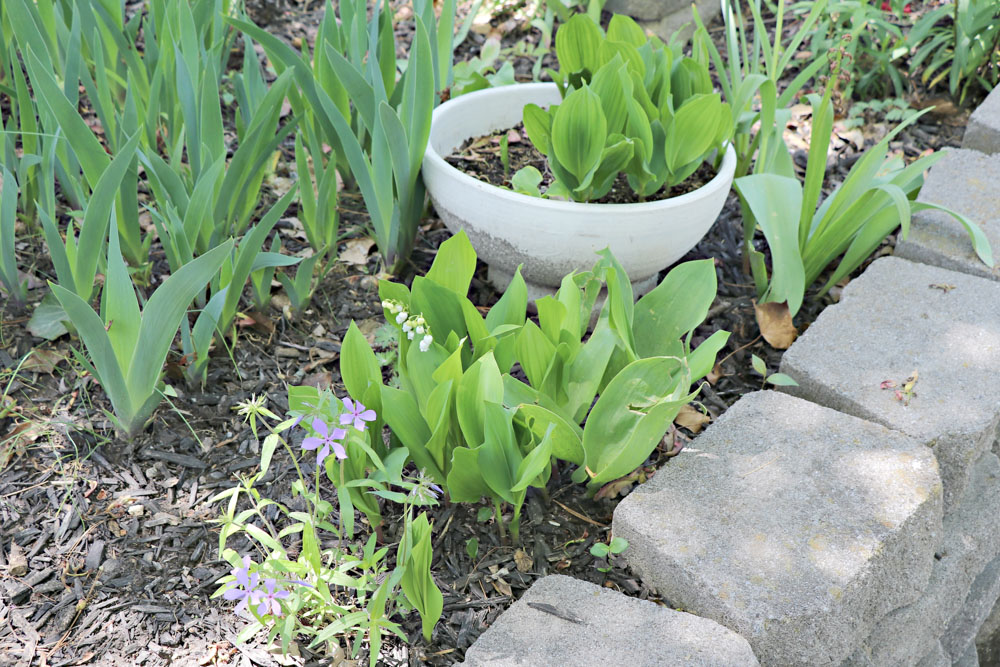
Here you see I have some Lily-of-the-Valley in a bowl.
2017
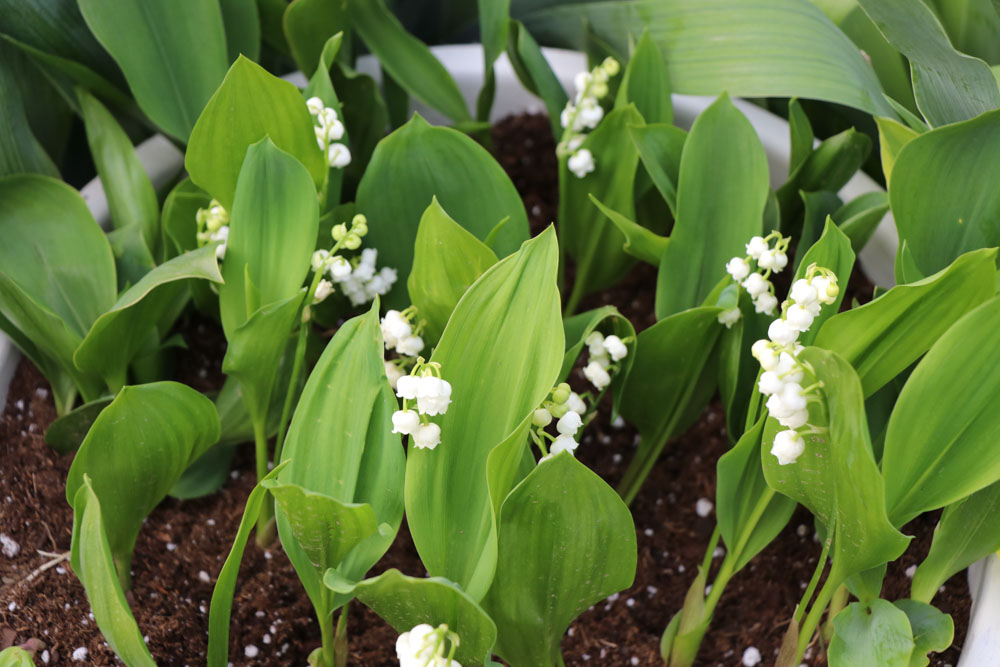
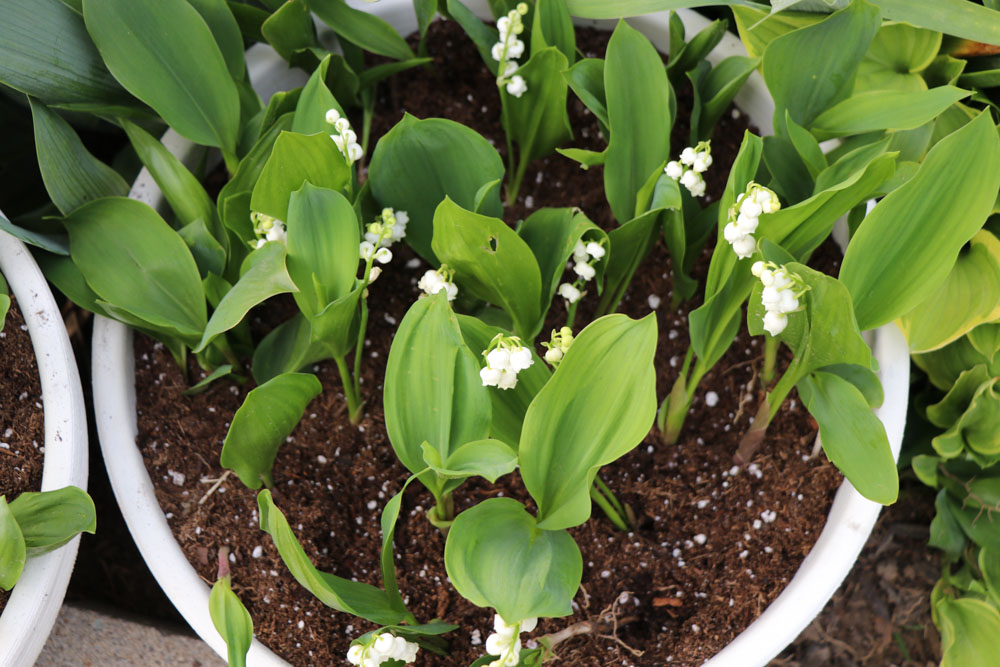
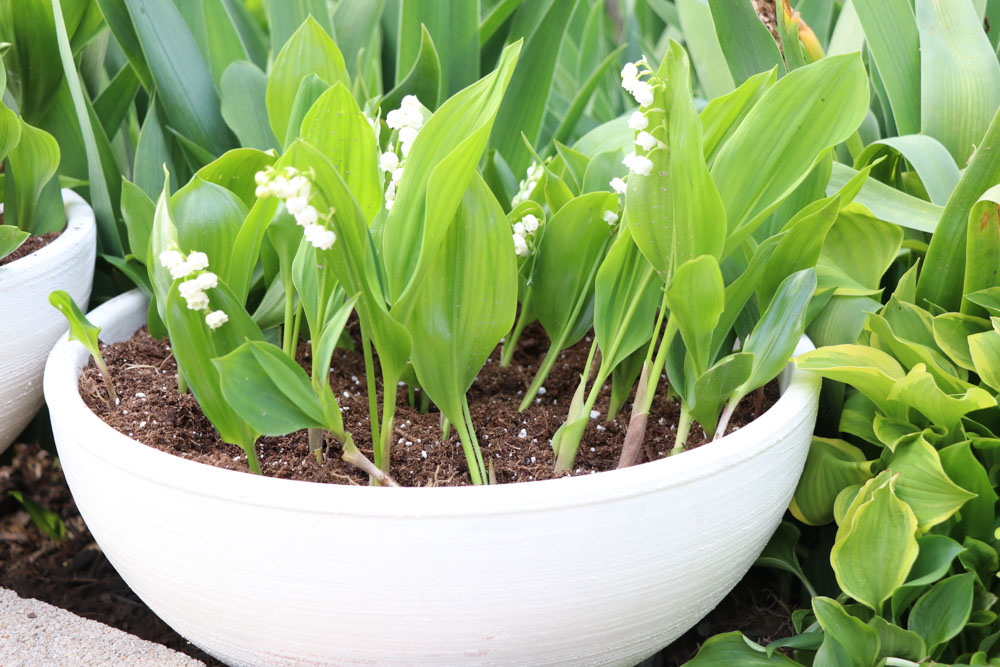
The Lily-of-the-Valley were so cute in bowls! I painted terra cotta bowls white.
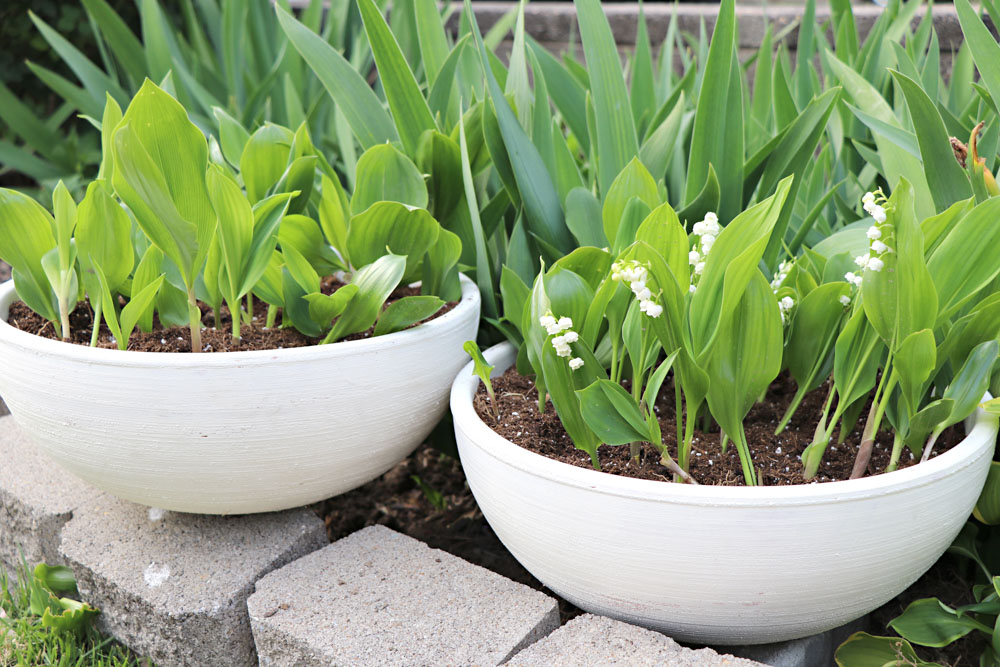
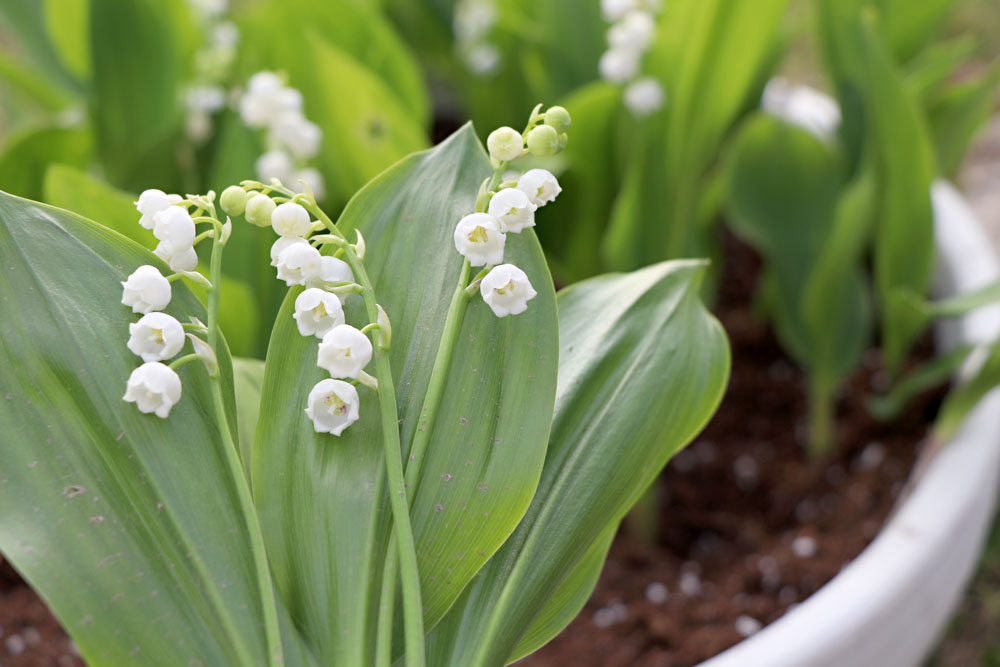
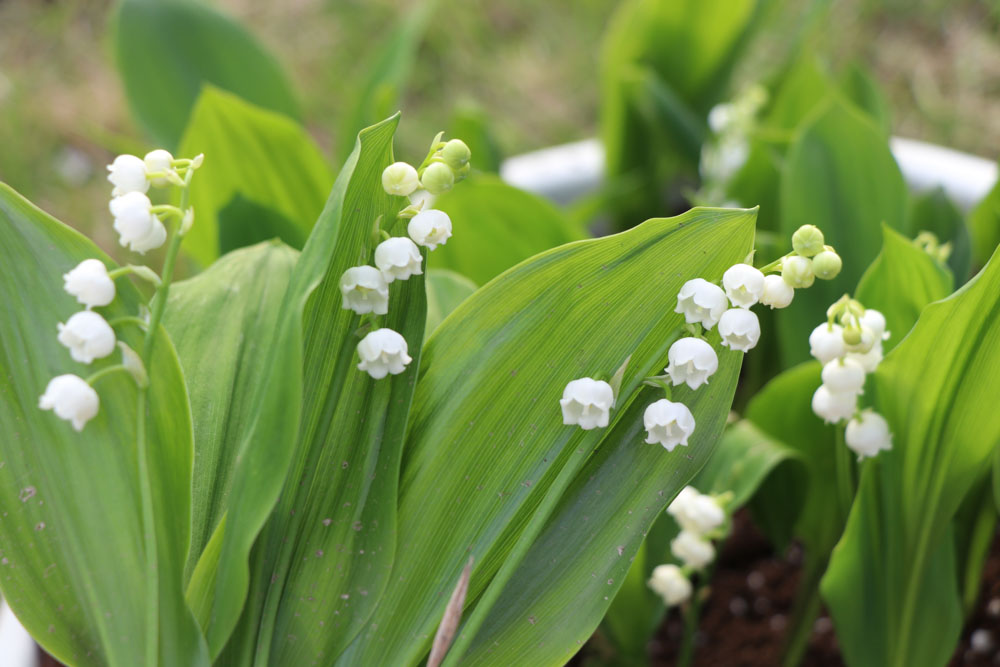
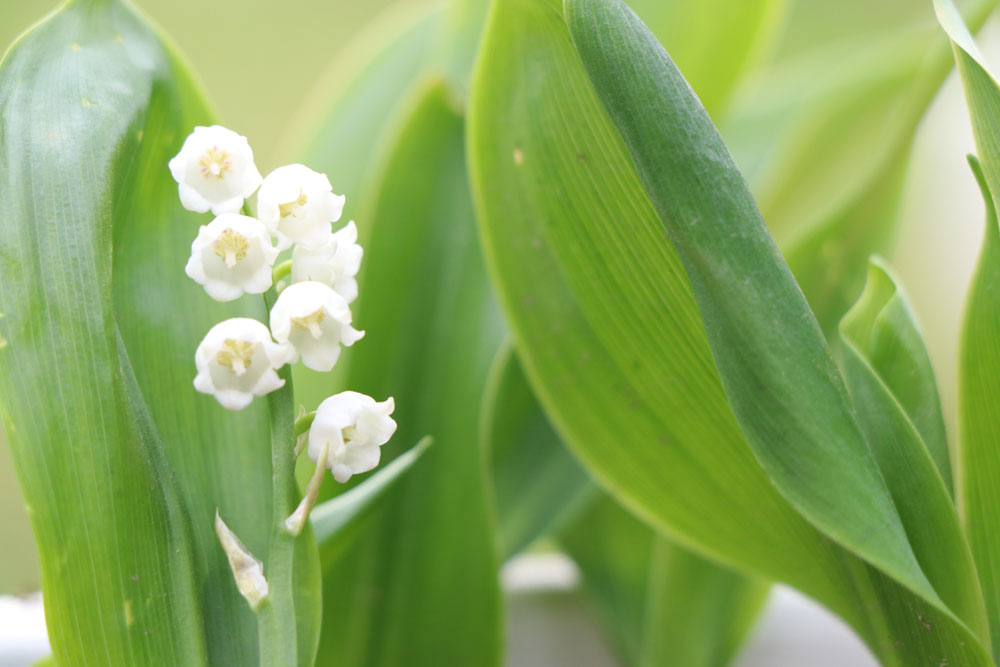
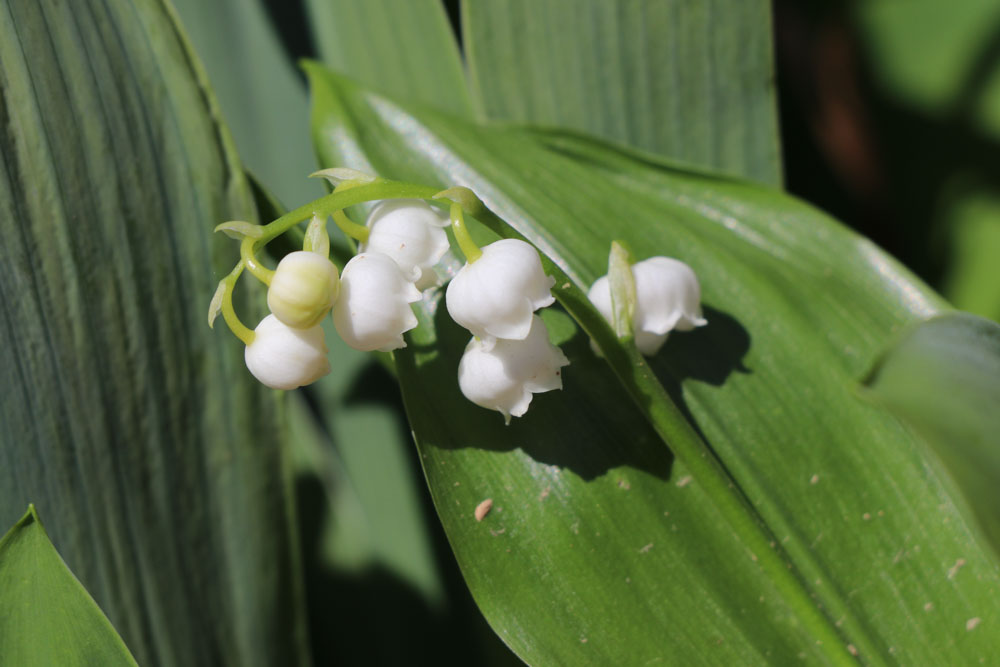
2016
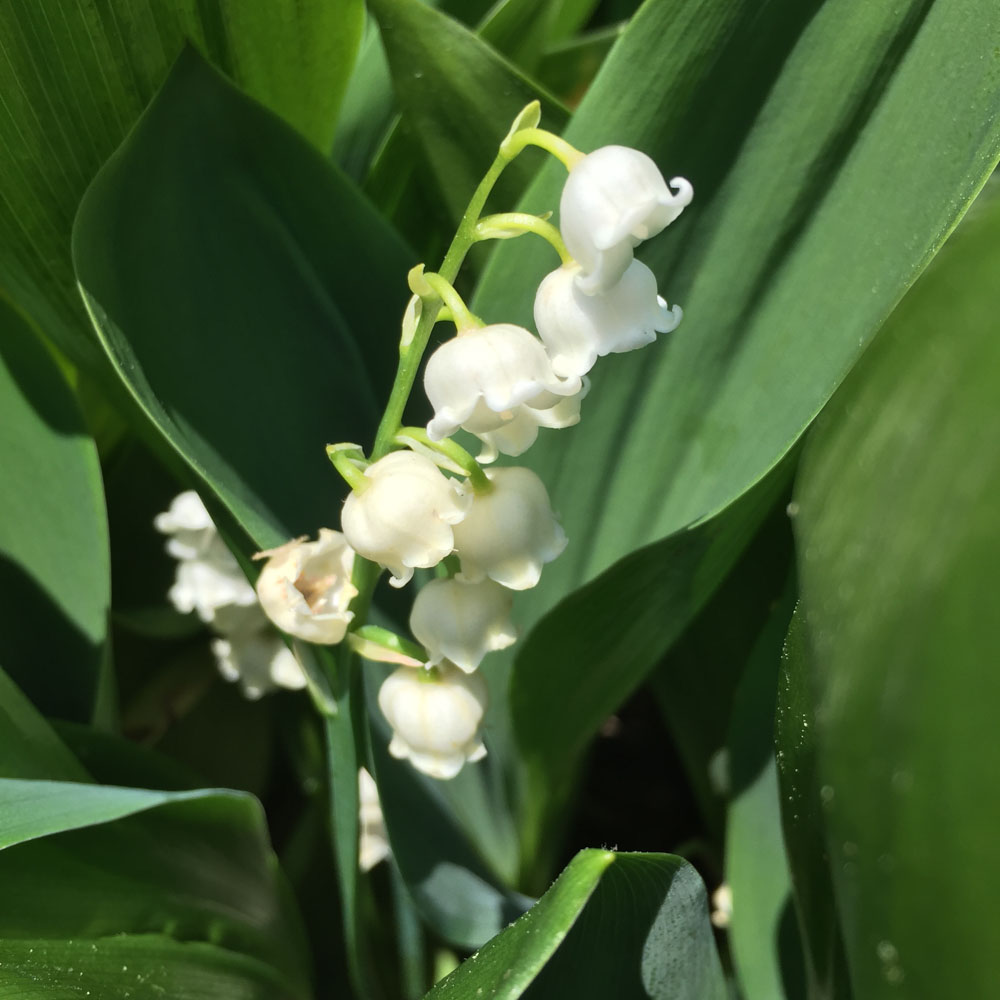
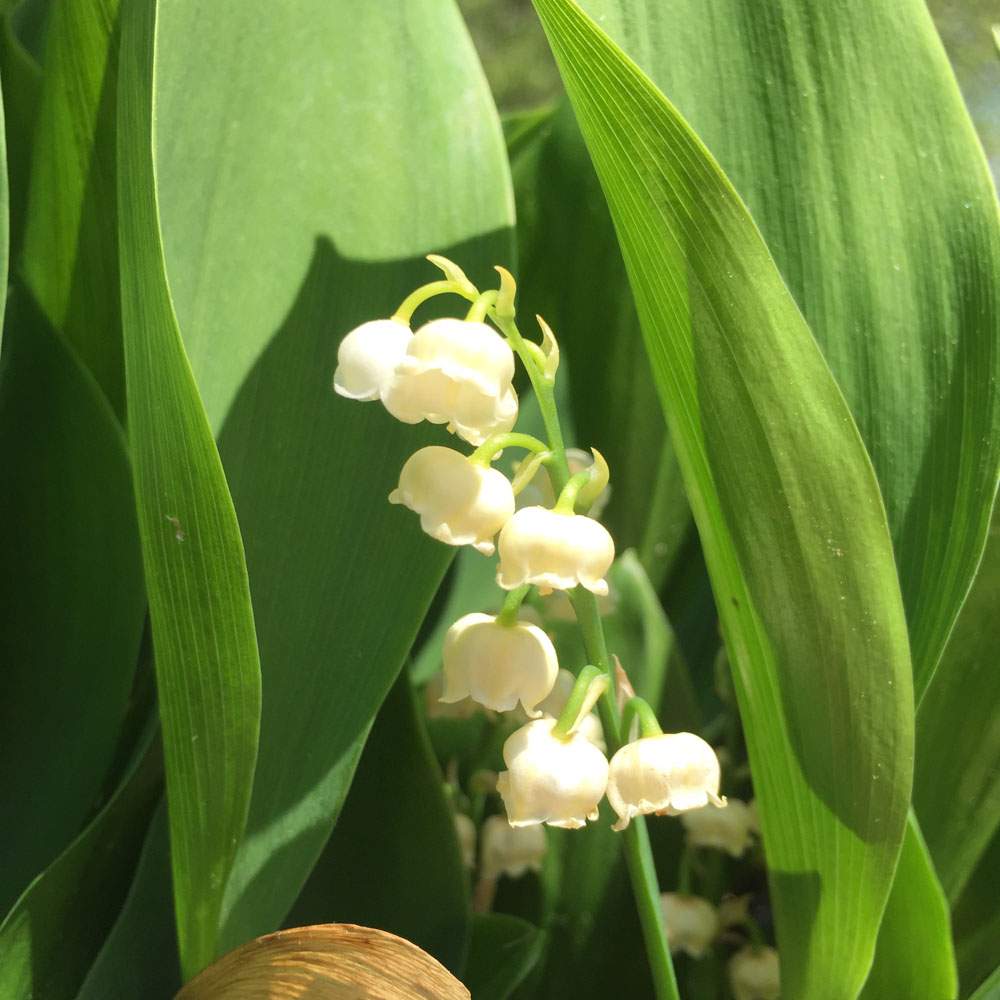
2014
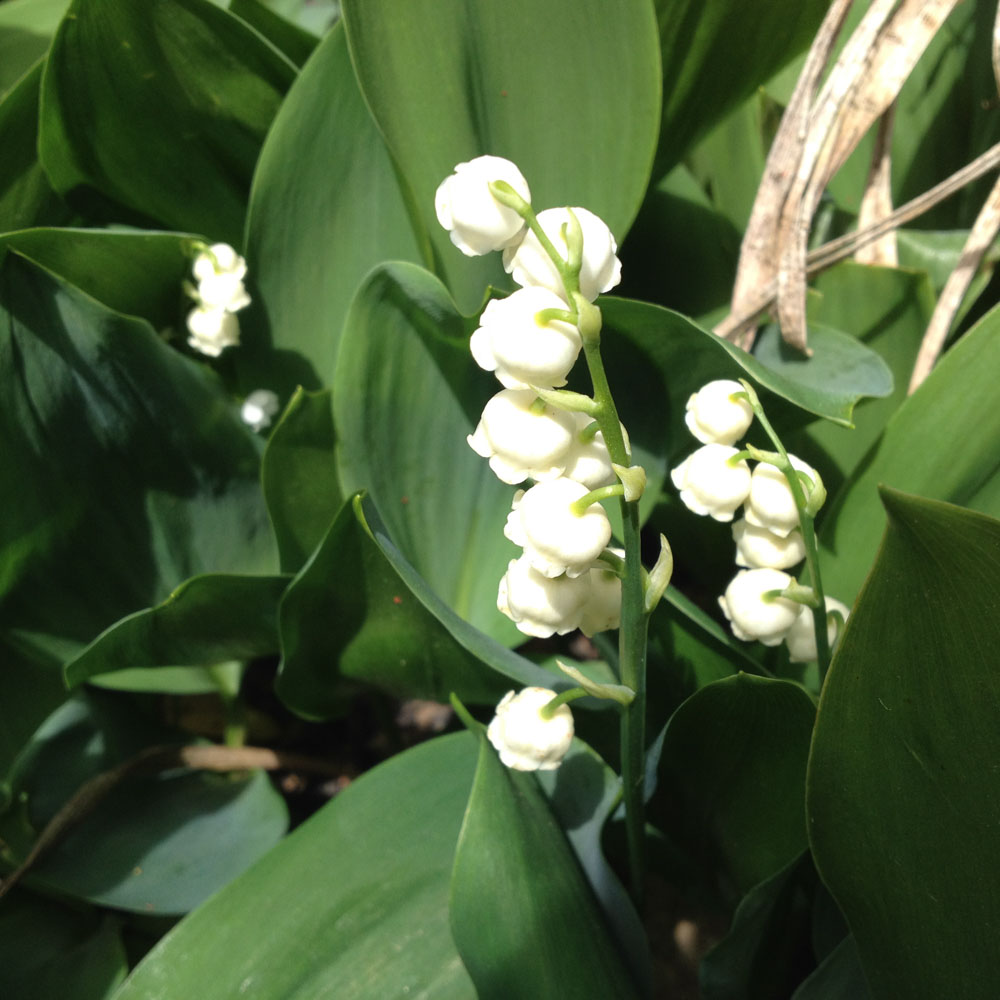
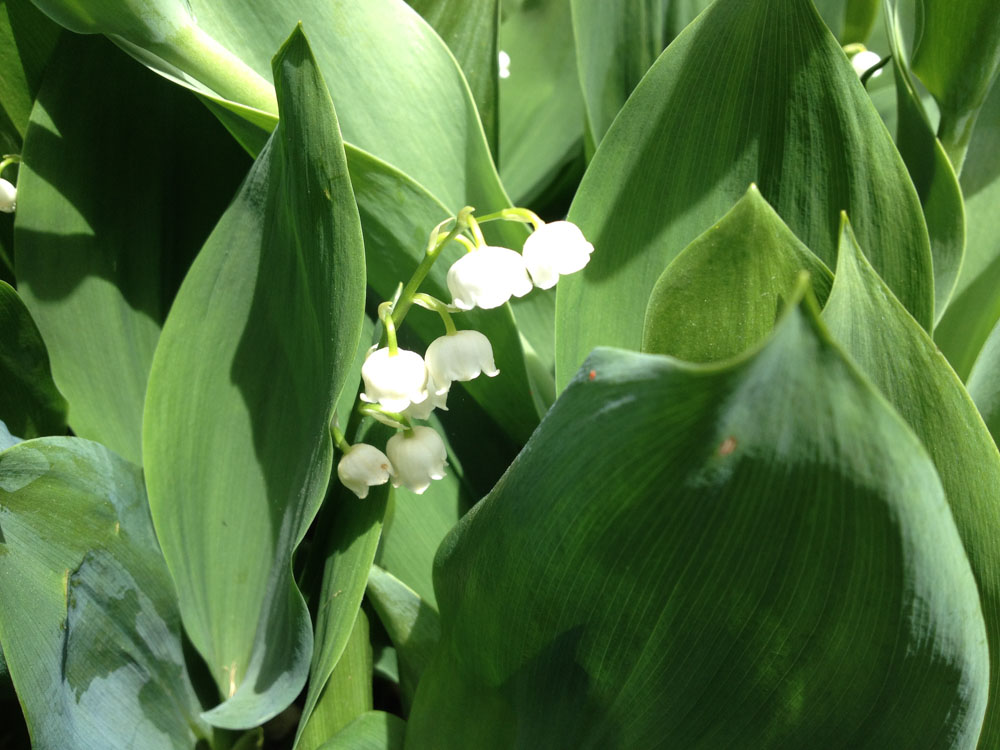
2011
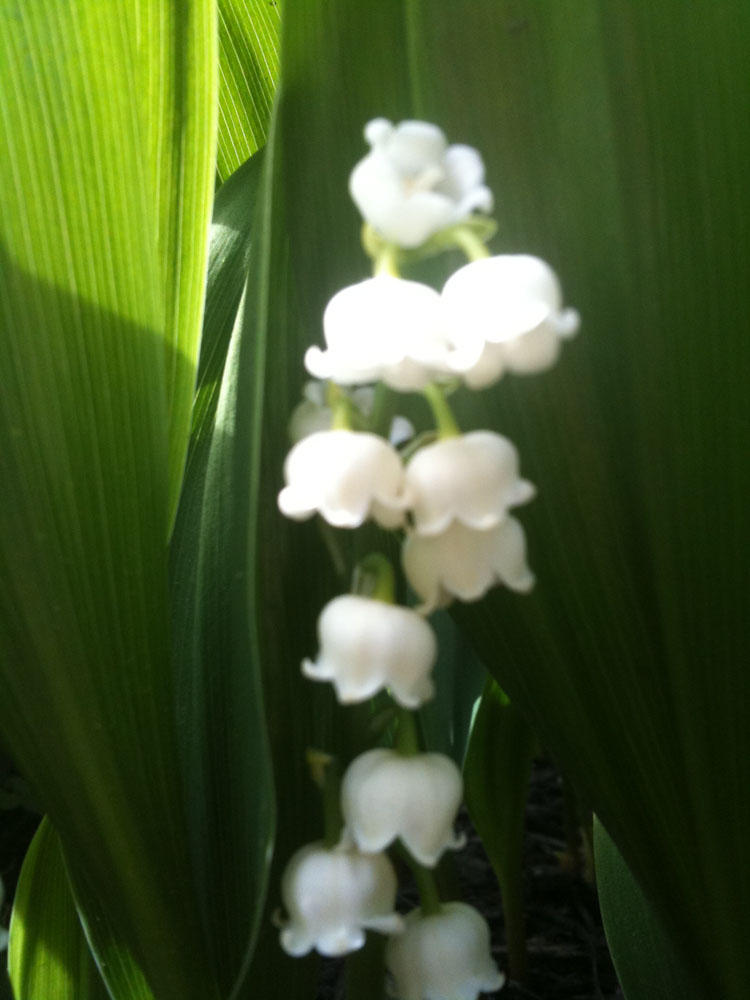
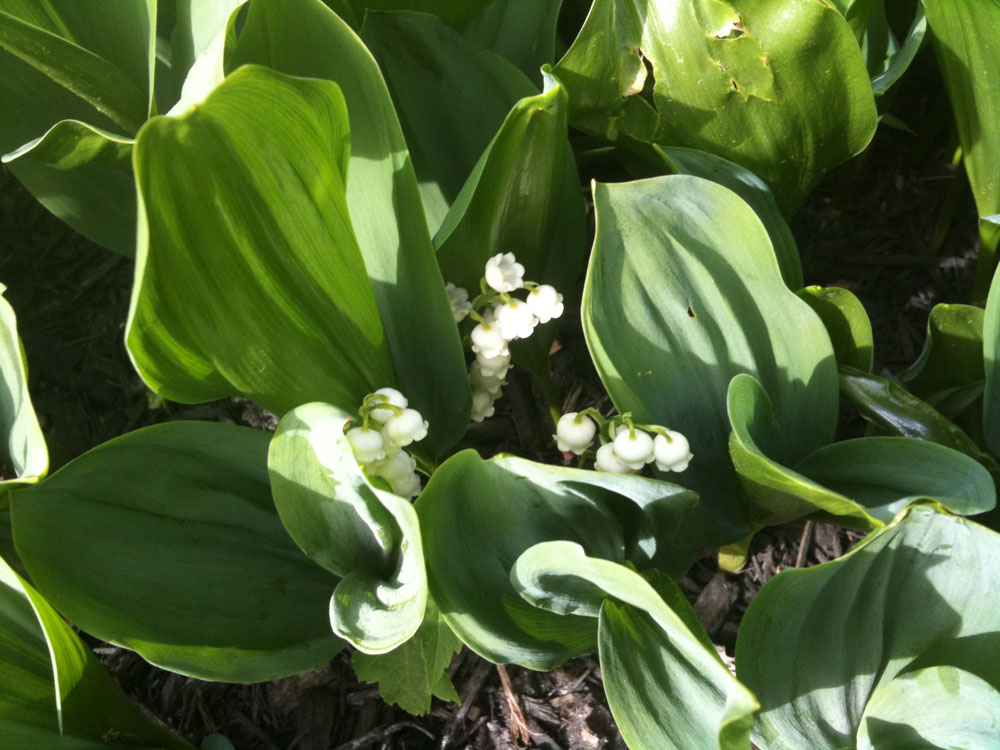
2007
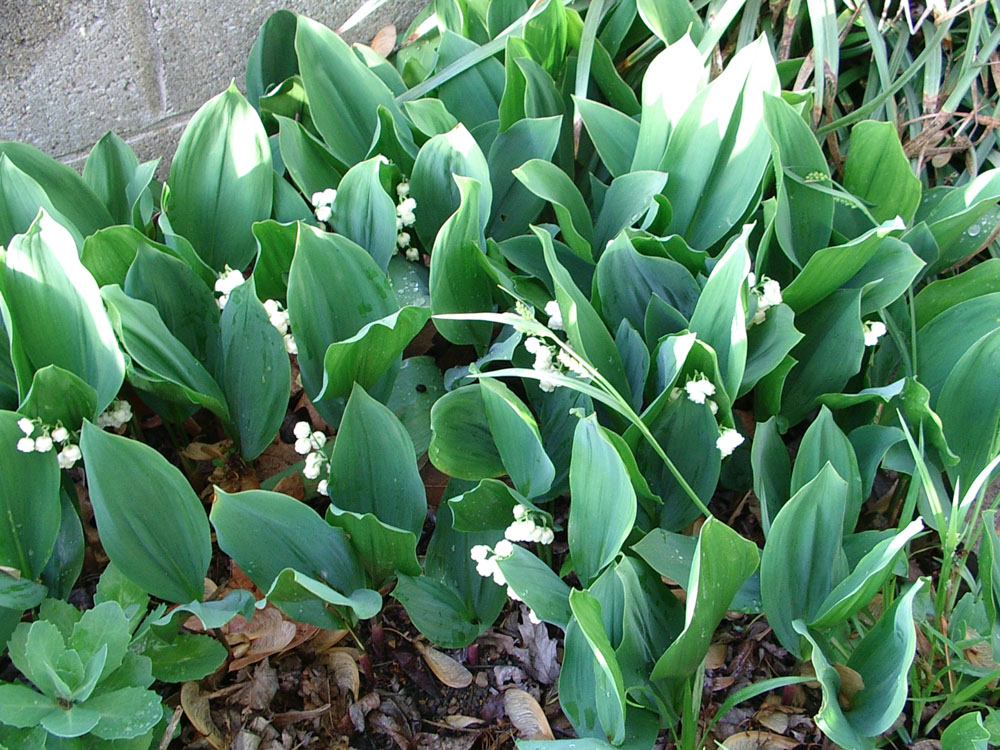
2006
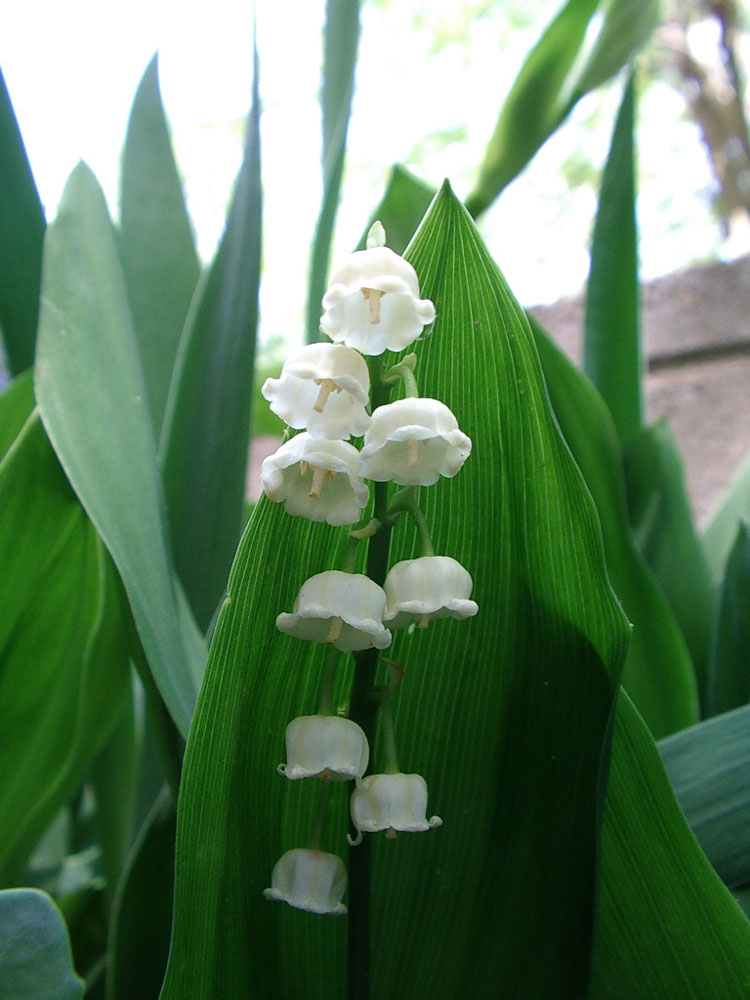
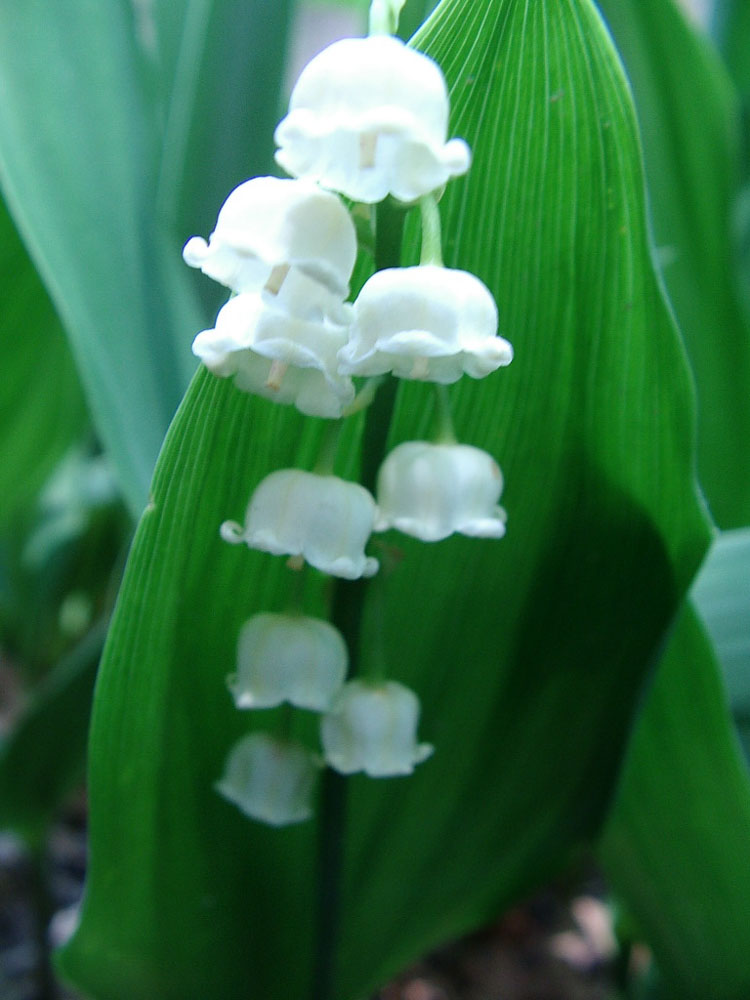
2001
